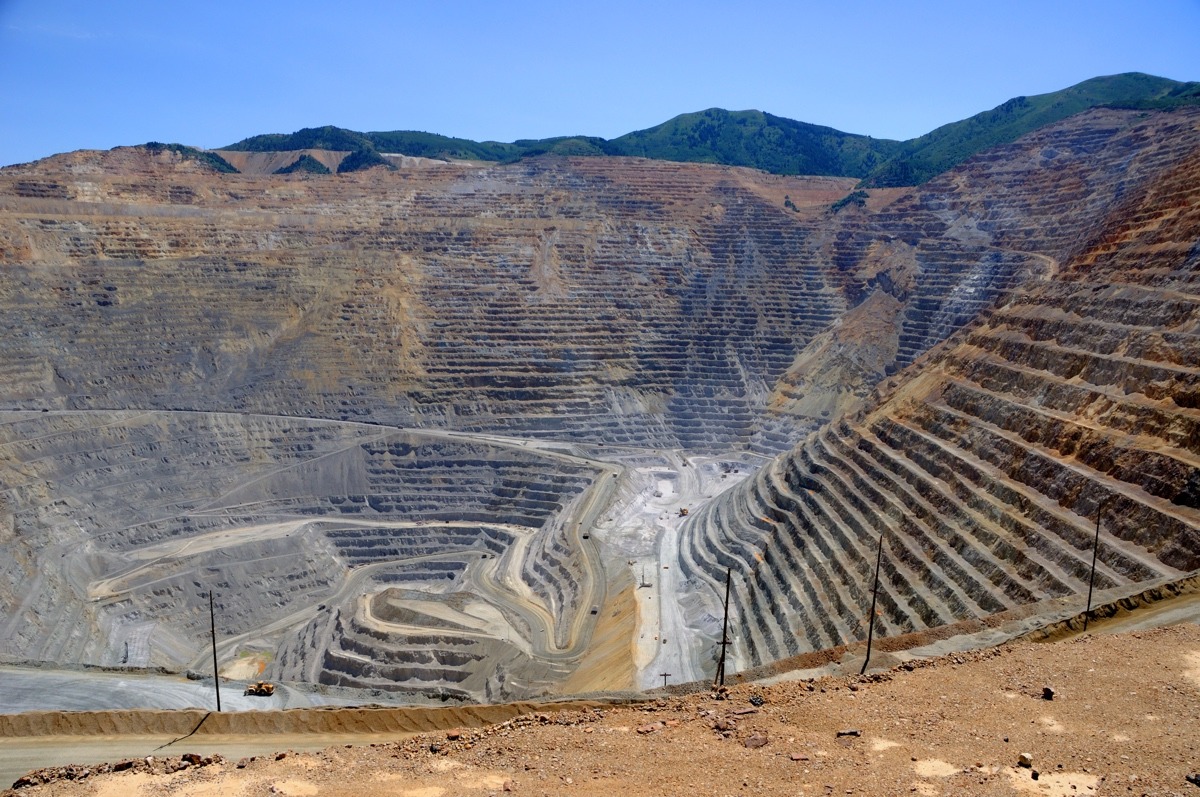Last week I wrote at length about why I think we will see a wave of M&A in the gold sector, and across metals more broadly assuming we get a trade deal, in the coming months and years. Here’s another chart to back up my point.

This is a chart of gold mines comparing the gold grade in their reserves with the grade of the ore that went into their mills in 2016.
Black balls denote mines where the head grade was lower than the reserve grade; 40% of the mines plotted fall into that category, though the majority are very close to the line. Blue balls mark mines where the head grade was above the average reserve grade. Of course grades vary within each deposit so we don’t expect perfect reconciliation every year. But for 60% of the world’s gold mines to be mining above their reserve grades is more than deposit variation. And a 4 good number of those blue balls are way above the line, marking mines that are really using tomorrow’s grade today.
What I mean is: higher grade ore means lower cost gold so, when gold prices struggle, it’s tempting to mine higher-grade parts of your orebody to bolster your bottom line. The problems are
1. Mines have been doing this – across the metals space, by the way, from copper to zinc to gold – for half a decade now. That’s a lot of high grading, as the practice is called. And every tonne of above-average-grade ore that’s mined decreases the grade of what’s left in the ground. So it’s stealing grade from tomorrow to use today, which means it’s harder to make money down the road.
2. Once a mine is built and paid off, it can usually make money processing ore that’s lower grade than it initially required. But too much high grading can render the rest of a deposit uneconomic and force a mine to shut down. As I outlined last week, miners’ reserve counts keep falling because they haven’t been doing the near-mine exploration to replace mined tonnes and because falling metal prices render marginal reserve uneconomic. The practice of high grading, and therefore leaving lower grade reserves behind, amplifies the reserves problem.
I concluded last week that the way to position to profit from this predicament (too much alliteration? Perhaps ) is to buy “the companies that will get bought once the M&A wave gathers some momentum. Key in that group are single mine operators and companies with strong projects that are ready to be built.”
I identified the seven companies of that nature that I already own. Of course, I also own exploration stocks, for the explosive upside potential they offer. Discoveries generating multi-bagger returns are the reason many of us invest in this sector!
And those opportunities exist today – except that you have to be incredibly selective.
One of the big traps for mining investors is falling in love with stories. It’s easy to do because there are so many intriguing possibilities, so many targets that would be amazing if they worked. But in this market, where capital is really limited, you have to be more selective than ever.
No matter how intriguing the targets, there is no point investing in a company unless it can raise enough money to do enough real exploration to create new value.
In this selective market, one way to find explorers actually offering that chance is to follow the teams accessing capital. If they can raise real money (and not take 2 months to do so) then the market has decided the stock is cream of the crop, and so it’s worth taking a look and potentially investing.










